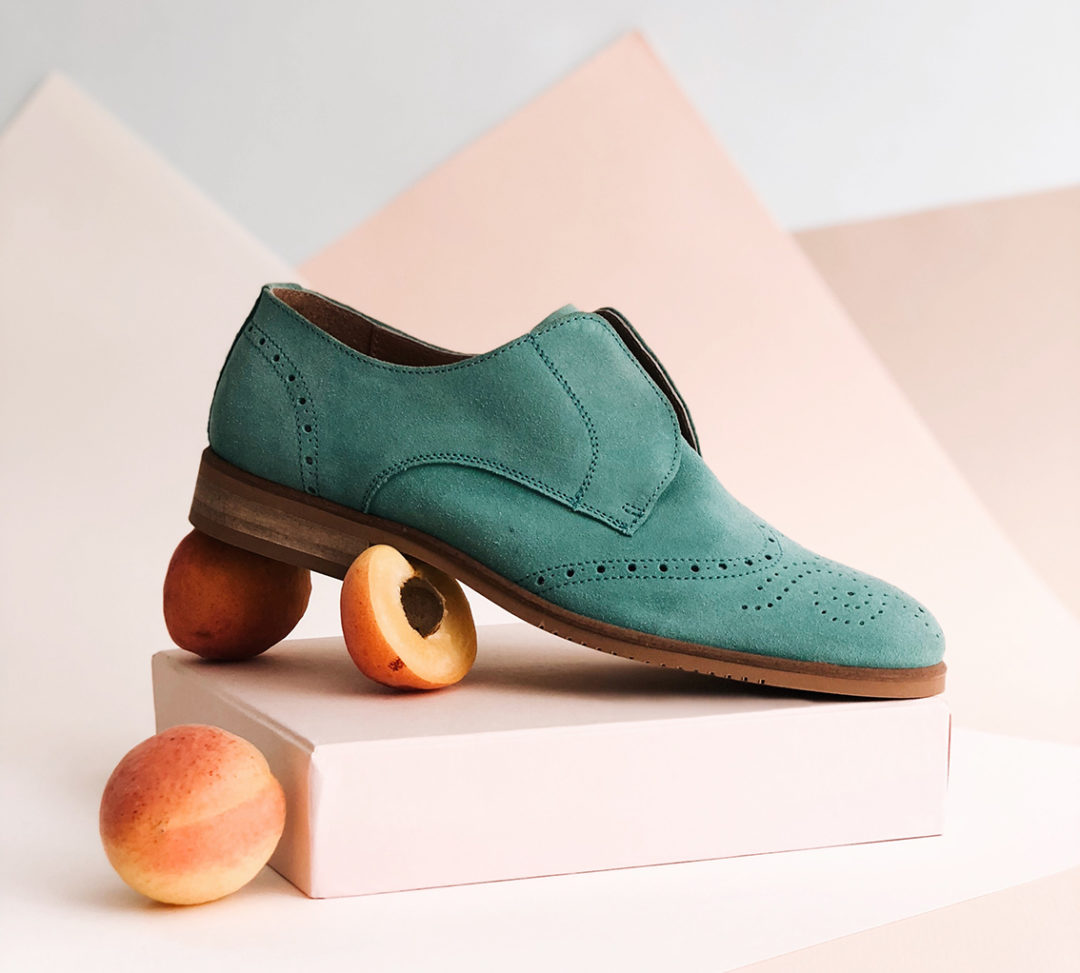Intellectual property right – A guide
- Firstpage
- IP & Trademarks

Intellectual property law is the area of law that regulates the protection of various types of intangible assets – for example, patents, trademarks, designs, and patterns. As an entrepreneur, it is important to understand how intellectual property works, what legal rights you have, and what measures you can take to protect your intangible assets. Below you will find a complete guide with everything you need to know.
What is intellectual property law?
Intellectual property law is the legal field that regulates rights and protection for various intangible assets – that is, non-physical assets such as artistic works, designs/patterns, patents, or trademarks. The purpose of intellectual property law is to protect unique creations and intangible values by granting holders legal exclusive rights to their work for a certain period of time. As long as the exclusive right applies, it is illegal for others to use the asset without permission from the holder.
Why is intellectual property law important?
Intellectual property law serves an important function as it protects assets that are not physical but can still hold significant value. Without intellectual property rights, anyone could copy or use assets such as trademarks, designs, and patented solutions for their own gain and/or for sabotage. Something that, in turn, would undermine the value of these assets and deprive the creator of the exclusive rights to what they have created.
Intellectual property law consists of four parts.
Intellectual property law is divided into four different areas, which define and regulate the legal rights for various types of intellectual property. The four areas are:
Trademark law
Trademark law protects specific characteristics that are unique to a particular good/service and help customers identify and distinguish the product from others in the market. A trademark can, for example, be a figurative mark, a word mark, or a sound mark.
Copyright
Protects artistic works such as literary texts, musical compositions, and photographs, as well as source code for computer programs.
Design rights
Design and pattern rights protect the specific appearance, shape, and design of a product – but not the product's function and how it can be used.
Patent law
Patent protection can be sought for various types of inventions and products (physical or digital) that offer a solution to a technical problem, have industrial reproducibility and/or inventive step, and have not existed before.
How do you obtain intellectual property rights for something you have created?
Intellectual property rights can be obtained in various ways, depending on the type of work and the area of intellectual property it belongs to. For all categories except copyright protection, you must apply for registration with the intellectual property office in the country or market where you wish to protect your asset. Protection can also be obtained through so-called acquired distinctiveness.
In summary, the following applies to the four different areas of intellectual property law:
- Trademark protection
Legal trademark protection is obtained through a trademark registration with the Swedish Patent and Registration Office (PRV), and/or the intellectual property office in the country where you want to register your trademark. The registration usually takes 4-6 months from the time the application is submitted until the protection is finalized. Granted trademark protection then lasts for 10 years. The protection can be extended for an additional 10 years an unlimited number of times. - Patent protectionApplication for patent protection is made to PRV, and it usually takes about 18 months before the registration is processed. The protection lasts for a maximum of 20 years and cannot be extended thereafter, except for pharmaceuticals and plant protection products.
- Pattern and design protection
Registration is done just like for trademarks and patents at PRV (or the intellectual property office in another country, depending on where you want the protection to apply). Granted design protection is valid for 5 years and can thereafter be extended for a maximum of 20 years. - Copyright protection
Copyright protection is the only intellectual property protection that you do not need to apply for. The protection arises directly when you have created something that falls under copyright, such as a literary work, a musical piece, or an artwork. Copyright protection lasts for 70 years after the author's death.
What is required to apply for intellectual property protection?
The application process for intellectual property rights requires both time and legal knowledge. To ensure you receive proper protection and for the process to go as smoothly as possible, it is important that it is done right from the start.
Generally, most companies choose to seek help from a law firm or other representative with legal competence and expertise specifically in intellectual property law – like us at Abion. We can provide all the competence, capacity, and expertise required to ensure the most robust and advanced protection possible around your intellectual property assets. Legally, as well as technically. Our broad expertise allows us to handle everything related to intellectual property in-house – from application and registration to subsequent monitoring, technical protection, and renewals. This makes the process faster, smoother, and more cost-effective for you as a customer.
Intellectual property concepts to be aware of
Intellectual property law is a comprehensive legal field with many intricate rules to adhere to. As a business owner, you certainly don't need to know everything that is in the law, but the following are some central concepts that can be good to be familiar with:
- Distinctive character
A brand's most important function. The distinctiveness means that the brand's design is such that its goods/services can easily be distinguished from other products on the market. - Industrial reproducibility
En uppfinning kan reproduceras industriellt med samma resultat varje gång. Industriell reproducerbarhet är ett viktigt kriterium för beviljat patentskydd. - Inventive step
An invention differs significantly from all other previously known inventions. - Scope of protection
Indicates the extent of the intellectual property protection for, for example, a trademark or a copyright-protected work. - Creative height
Concepts in copyright law. Work height means that something is considered to have achieved a sufficient level of personal creation to grant legal exclusivity – that is, copyright protection.
Protects you against infringement – and against infringing yourself
The purpose of intellectual property law is to protect the value of intangible assets – just like the law protects tangible property and an owner's exclusive rights to, for example, their money, their house, or their car.
With a registered trademark protection, patent protection, design protection, or copyright protection, it is illegal for anyone else to use the protected work without permission from you as the owner. Whether it happens intentionally through piracy or various types of cyberattacks, or unintentionally.
Registering a trademark, a patent, or another type of intellectual property also protects your own company from inadvertently infringing on someone else's property. If you are granted trademark protection, patent protection, or similar, you can be assured that your work is sufficiently unique and meets all the requirements necessary to obtain protection.
What consequences can violations of intellectual property rights lead to?
Violations of intellectual property rights can result in hefty fines or imprisonment for up to two years. Even unintentional infringements without the intent to sabotage or steal property can result in legal consequences.




